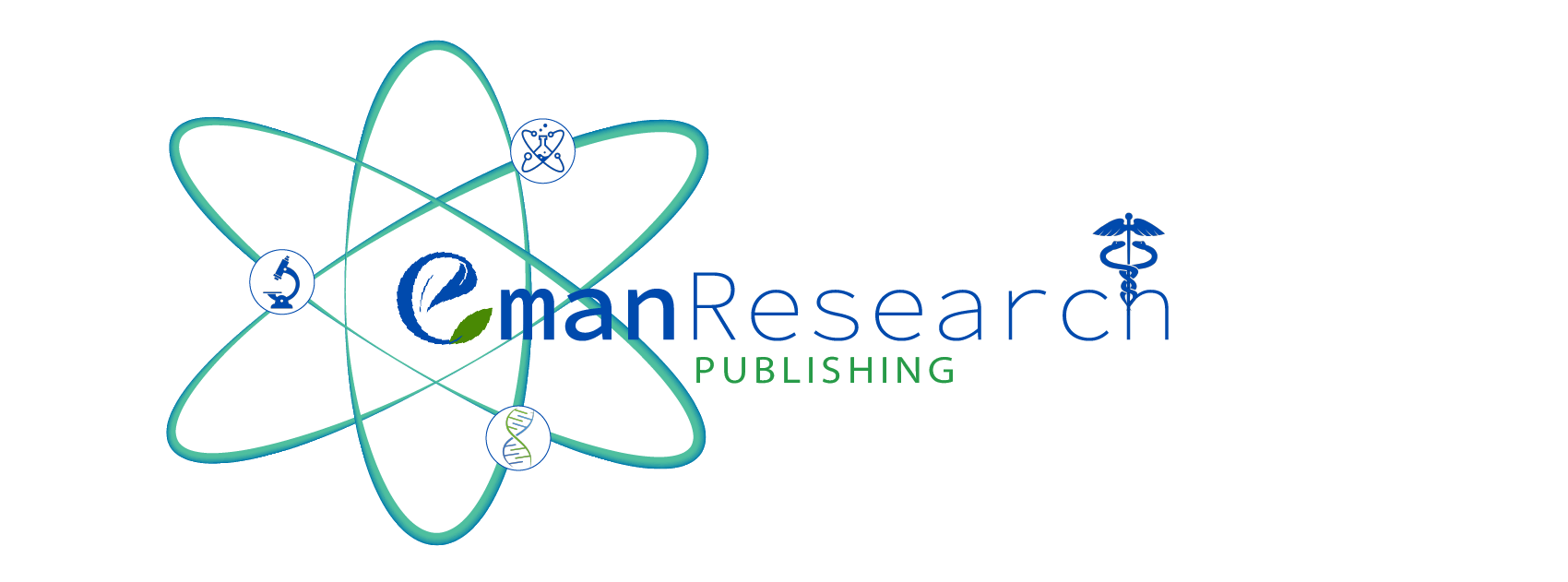References
Abed, H. H. (2015). Study chemical composition of borago officinalis l. Extraction and antibacterial activity against gastrointestinal infections. International Journal, 3(6), 1530–1535.
Abed, H. H., Alwasiti, E. A. R., & Tawfeeq, A. T. (2019). Streptokinase loading fabrication magnetic nanoparticle supported with tannic acid as a modified thrombolytic agent. Annals of Tropical Medicine and Health, 22, 34–47.
Agirtas, M. S. (2008). Highly soluble phthalocyanines with hexadeca tert-butyl substituents. Dyes and Pigments, 79(3), 247–251.
Aktas, A., Acar, I., Koca, A., Biyiklioglu, Z., & Kantekin, H. (2013). Synthesis, characterization, electrochemical and spectroelectrochemical properties of peripherally tetra-substituted metal-free and metallophthalocyanines. Dyes and Pigments, 99(3), 613–619.
Ali, A. M., Abed, H. H., Nayif, E. M., & Salman, H. A. (2024). Study Of Albumin, C-Reactive Protein And Calprotectin As Non-Invasive Indicators For The Diagnosis And Differentiation Of Inflammatory Bowel Disease. Siberian Journal of Life Sciences and Agriculture, 16(2), 166–181.
ARSLAN, S. (2016). Phthalocyanines: Structure, synthesis, purification and applications. Batman Üniversitesi Yasam Bilimleri Dergisi, 6(2/2), 188–197.
Bottari, G., de la Torre, G., Guldi, D. M., & Torres, T. (2010). Covalent and noncovalent phthalocyanine− carbon nanostructure systems: synthesis, photoinduced electron transfer, and application to molecular photovoltaics. Chemical Reviews, 110(11), 6768–6816.
Chen, W., Lu, W., Yao, Y., & Xu, M. (2007). Highly efficient decomposition of organic dyes by aqueous-fiber phase transfer and in situ catalytic oxidation using fiber-supported cobalt phthalocyanine. Environmental Science & Technology, 41(17), 6240–6245.
Couto, G. K., Junior, J. C. R., Pacheco, B. S., Simoes, L. D., Paschoal, J. D., Seixas, F. K., Acunha, T. V, Iglesias, B. A., & Collares, T. (2020). Zinc (II), copper (II) and nickel (II) ions improve the selectivity of tetra-cationic platinum (II) porphyrins in photodynamic therapy and stimulate antioxidant defenses in the metastatic melanoma lineage (A375). Photodiagnosis and Photodynamic Therapy, 31, 101942.
Enokida, T., & Hirohashi, R. (1991). A new synthesis of ε-form nickel phthalocyanine by using DBU at low temperature. Chemistry Letters, 20(12), 2155–2158.
Furini, L. N., Martin, C. S., Camacho, S. A., Rubira, R. J. G., Fernandes, J. D., Silva, E. A., Gomes, T. C., Stunges, G. M., Constantino, C. J. L., & Alessio, P. (2020). Electrochemical properties of nickel phthalocyanine: The effect of thin film morphology tuned by deposition techniques. Thin Solid Films, 699, 137897.
Furuyama, T., Satoh, K., Kushiya, T., & Kobayashi, N. (2014). Design, synthesis, and properties of phthalocyanine complexes with main-group elements showing main absorption and fluorescence beyond 1000 nm. Journal of the American Chemical Society, 136(2), 765–776.
Gök, Y., Kantekin, H., Kiliçaslan, M. B., & Alp, H. (2007). Synthesis and characterization of new metal-free and nickel (II) phthalocyanines containing tetraazatrioxa macrotricyclic moieties. Dyes and Pigments, 74(3), 692–698.
Kalyanasundaram, K., & Grätzel, M. (1998). Applications of functionalized transition metal complexes in photonic and optoelectronic devices. Coordination Chemistry Reviews, 177(1), 347–414.
Lai, Q., Quadir, M. Z., & Aguey-Zinsou, K.-F. (2018). LiBH4 Electronic Destabilization with Nickel (II) Phthalocyanine—Leading to a Reversible Hydrogen Storage System. ACS Applied Energy Materials, 1(12), 6824–6832.
Marinova, G., & Batchvarov, V. (2011). Evaluation of the methods for determination of the free radical scavenging activity by DPPH. Bulgarian Journal of Agricultural Science, 17(1), 11–24.
Moreira, L., Dias, L. G., Pereira, J. A., & Estevinho, L. (2008). Antioxidant properties, total phenols and pollen analysis of propolis samples from Portugal. Food and Chemical Toxicology, 46(11), 3482–3485.
Nimse, S. B., & Pal, D. (2015). Free radicals, natural antioxidants, and their reaction mechanisms. RSC Advances, 5(35), 27986–28006.
Patel Rajesh, M., & Patel Natvar, J. (2011). In vitro antioxidant activity of coumarin compounds by DPPH, Super oxide and nitric oxide free radical scavenging methods. Journal of Advanced Pharmacy Education & Research, 1, 52–68.
Sorokin, A. B. (2019). Recent progress on exploring µ-oxo bridged binuclear porphyrinoid complexes in catalysis and material science. Coordination Chemistry Reviews, 389, 141–160.
Taher, I. A., Hamzah, B. F., Abed, H. H., & Husseini, M. D. (2024). Synthesizing Novel Vanillin-Based Di-Schiff Compounds and Evaluating Their Antibacterial Properties. Open Herald: Periodical of Methodical Research, 2(5), 54–63.
Urbani, M., Ragoussi, M.-E., Nazeeruddin, M. K., & Torres, T. (2019). Phthalocyanines for dye-sensitized solar cells. Coordination Chemistry Reviews, 381, 1–64.
Xu, B. J., & Chang, S. K. C. (2007). A comparative study on phenolic profiles and antioxidant activities of legumes as affected by extraction solvents. Journal of Food Science, 72(2), S159–S166.
Zhang, C., Li, Y., Li, H., Zhang, Q., & Lu, J. (2021). Overview of electric-field-induced deposition technology in fabricating organic thin films. Journal of Materials Chemistry C, 9(2), 374–394.
Zhang, Y., & Lovell, J. F. (2017). Recent applications of phthalocyanines and naphthalocyanines for imaging and therapy. Wiley Interdisciplinary Reviews: Nanomedicine and Nanobiotechnology, 9(1), e1420.


